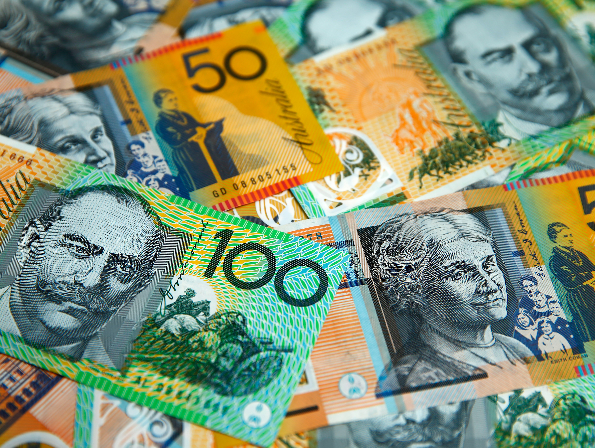The Australian Dollar bumped high after the RBA raised its cash rate target to 3.35% from 3.10%; a total of 325 basis points has been added since the first hike in May 2022. It has since retraced most of the gains.
Seemingly, the re-acceleration of CPI has caused some concern at the top of Martin Place, with the latest quarterly figures providing a headache for the bank.
To recap, the headline CPI of 7.8% beat forecasts of 7.6% year-on-year to the end of December and was against 7.3% prior. The December quarter-on-quarter headline CPI was 1.9% rather than the 1.6% anticipated and 1.8% previously.
The RBA’s preferred measure of trimmed-mean CPI was 6.9% year-on-year to the end of 2022 instead of 6.5% and 6.1% prior estimates. The trimmed mean quarter-on-quarter CPI read of 1.7% was above the 1.5% forecast, and there was a revision to the prior quarter, up to 1.9%.
The market was undecided on a hike before the CPI data but quickly increased the odds on the evidence of growing price pressures. The futures market is starting to lean toward another potential 25 bp hike in March.
The RBA said in their accompanying statement, “The Board expects that further increases in interest rates will be needed over the months ahead to ensure that inflation returns to target and that this period of high inflation is only temporary.”
Earlier in the day, the trade surplus for December came in at AUD 12.25 billion, pretty much in line with estimates of AUD 12.45 billion, and the prior surplus of AUD 13.2 billion saw an upward revision to 13.45 billion.
The January surge in iron ore, copper, gold, aluminum, and nickel will further boost the domestic economy.
A lead indicator that could further stoke the flames of inflation is building approvals that came in at an 18% increase month-on-month for December. The unemployment rate remains near multi-generational lows at 3.5%.
All the macro data points to an economy firing on all pistons. It appears that the only cloud on the horizon concerns the rolling over of fixed-rate mortgage holders.
Much has been made of the so-called ‘mortgage cliff’ as many household borrowers took out fixed-rate loans when the interest cost was 3% lower. A large number of these loans are expected to roll over in 2023.
The RBA acknowledged this issue in the statement as they cited the lag effects of changes in monetary policy.
AUD/USD might get an initial bout of support from a more hawkish tilt from the bank, but the Fed has also picked up its hawkish rhetoric on its rate path. If the US Dollar gathers steam, it may not matter what the RBA does in terms of the impact on the Aussie Dollar.


This Post Has One Comment
Your point of view caught my eye and was very interesting. Thanks. I have a question for you. https://www.binance.com/zh-TC/join?ref=UM6SMJM3